Best things to do in Lisbon, Portugal
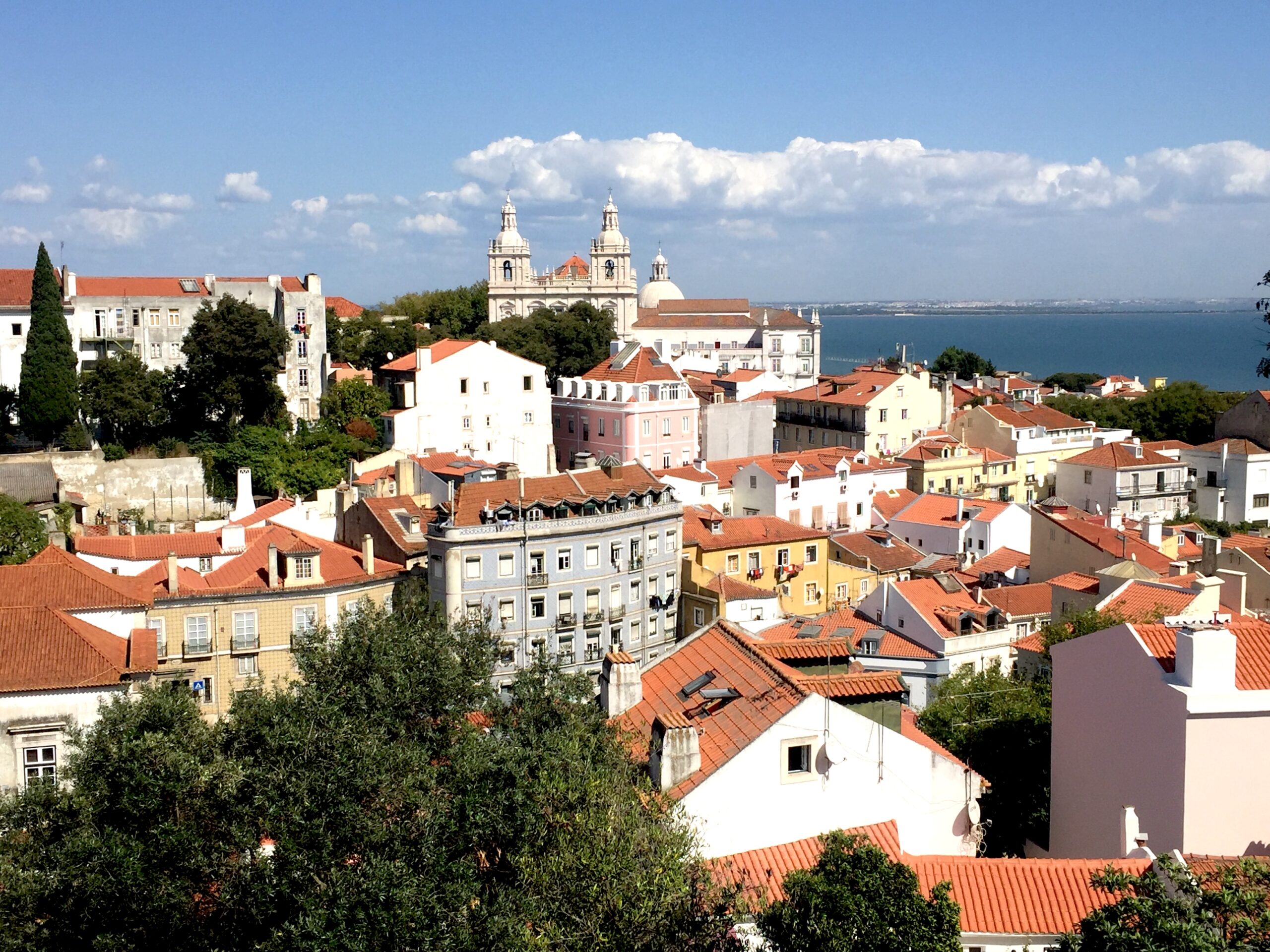
Background
In recent years Lisbon has become an increasingly popular tourist destination! Having lived here for over a year I can certainly affirm it is a special place. To be able to live for an extended period of time in a city means you are able to see a side that many cannot see and get to feel its pulse. It is such a privilege to be based in sunny Lisbon, a historic city with seven hills, charming cobblestoned streets, colorful homes and tiles, exceedingly delicious food and a fascinating history.
Some might wonder why my first post on Portugal hasn’t been about Lisbon, the city where we live. But honestly, I wanted to take some time to ease my way into understanding this place. There is still more I can learn and look forward to doing so. But here is a glimpse so far into what makes Lisbon such a wonderful place and what you absolutely need to do when you are here! I may be adding more onto this page over time so keep your peepers open.
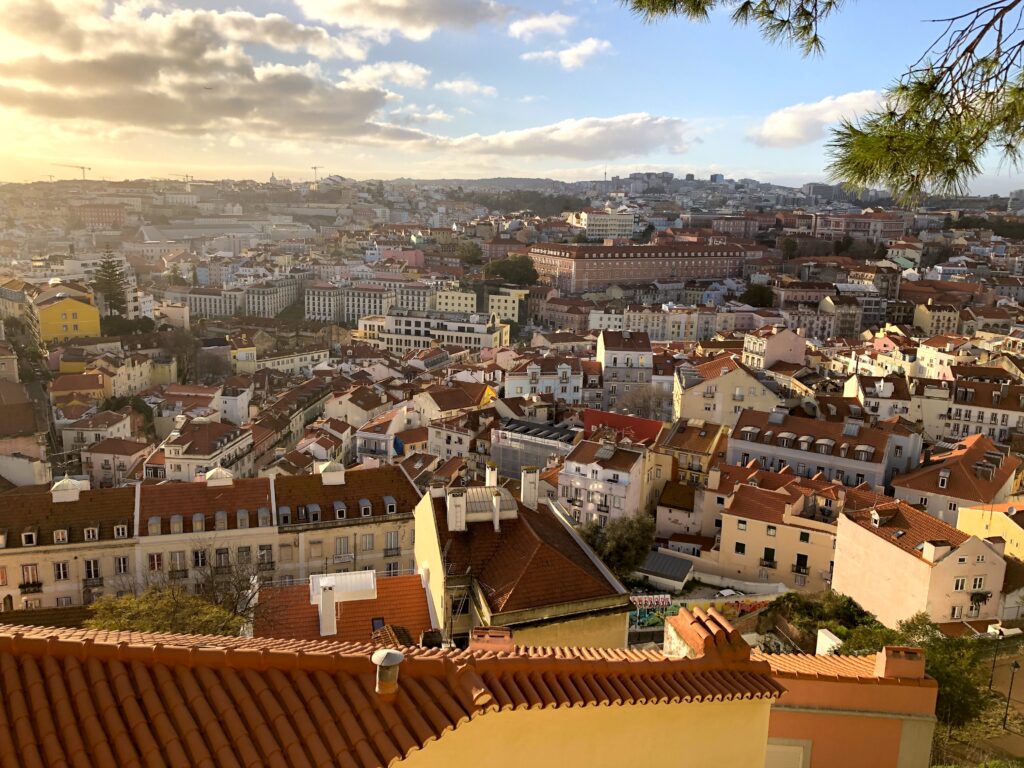
History
Now before I get into the specifics of places to visit and things to do in Lisbon, I think it is essential to give you a brief history into this city. The city of Lisbon has a long illustrious history of great importance in Europe and globally. Particularly during the golden era of navigation Lisbon was built upon the successes of the country’s conquests. If you walk around this city today there are glimpses of just how affluent and central Portugal was at the height of the 1400s. Enter virtually any church or cathedral here and you will be stunned by the ornate, sumptuous beauty.
Even before the Golden Age of Navigation Portugal has a long history of war and conquest with the Moors of North Africa and the Spanish. Moorish influence in particular can be seen architecturally across the country. The famous São João Castle in Lisbon and the surrounding Alfama streets are heavily influenced by the Moors. You can see the how the narrow, meandering, maze-like streets are a bit different from some other parts of Lisbon, which are grid-like and almost Parisian.
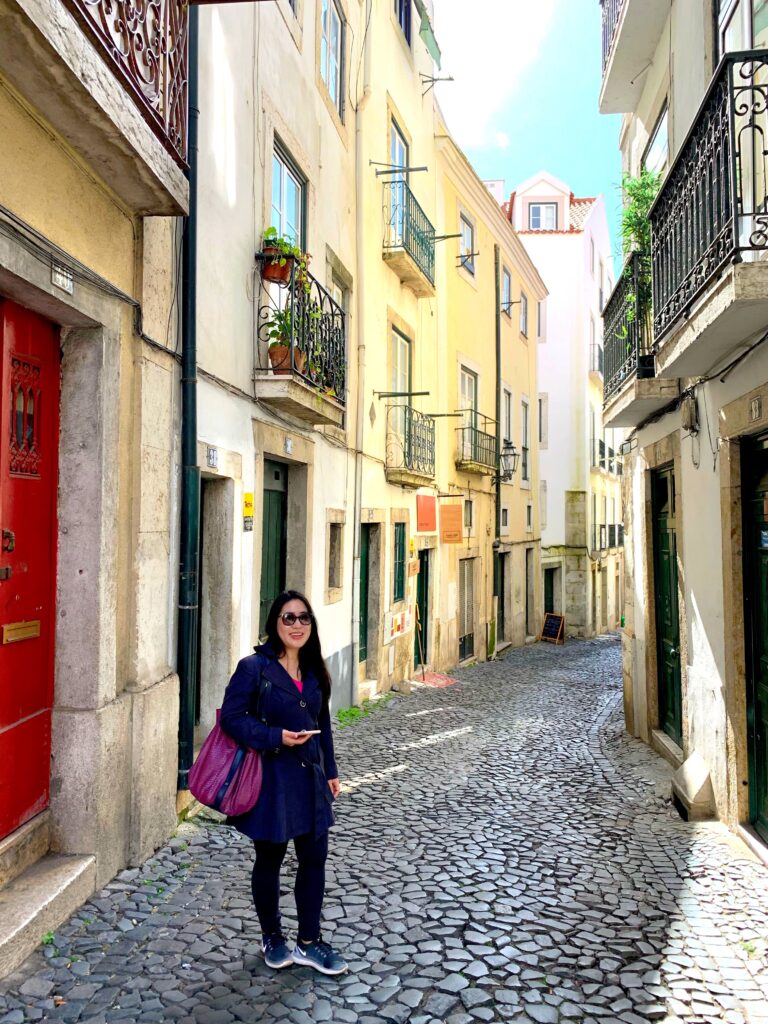
However on November 1st 1755 there was a devastating earthquake that is still referred to today for its sheer magnitude. Many historic accounts of the city are categorized into events that happened either before or after the earthquake because of its devastating impact. The total death toll from this natural disaster was between 10,000 – 30,000 people, making it one of the deadliest in history. According to records the earthquake itself lasted between three and six minutes and only 40 minutes later a tsunami hit the city. Also given it was a national holiday, All Saints Day, candles were lit all over churches and homes and ultimately caused an enormous fire that engulfed the city at the aftermath of the earthquake.
Although Lisbon was the epicenter of the disaster the Algarve and other outlying island including Madeira were hit by the tsunami. Tremors were felt throughout Europe and even North Africa. Based on historic records, the massive waves caused by the natural disaster may have even reached the shores of Brazil, then a Portuguese colony. As you can imagine, this means the city of Lisbon had to be rebuilt entirely. However, there were some structures that were left in tact including the brilliant Mosteiro dos Jerónimos monastery in Bélem.
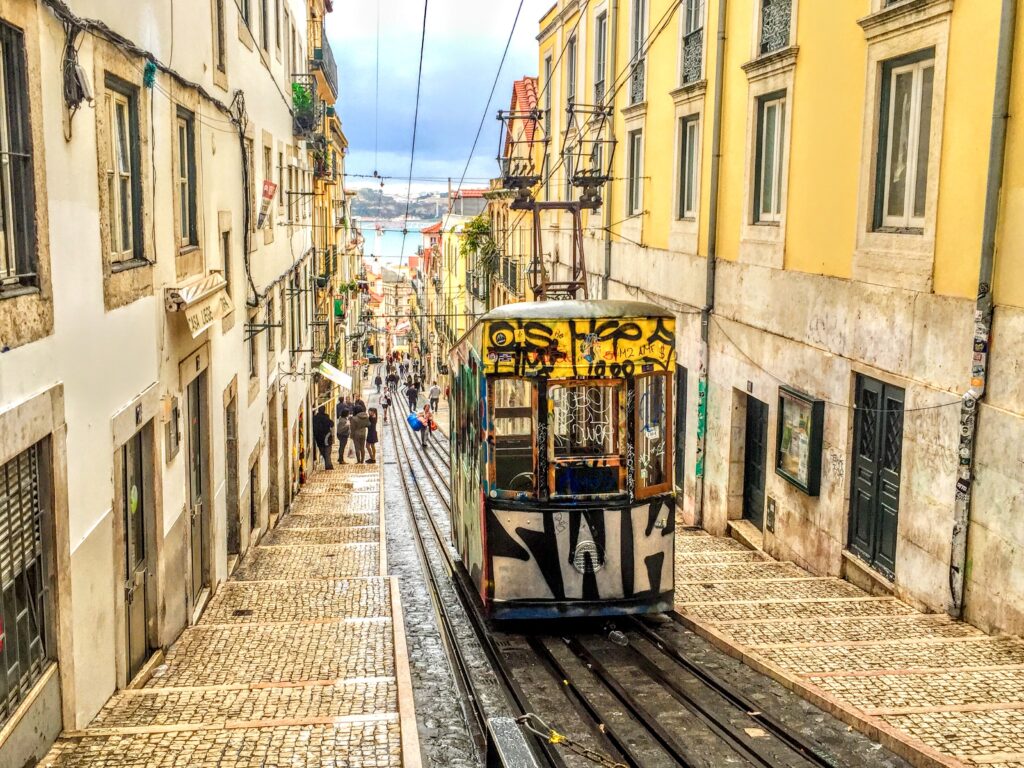
Apparently the front wall of the apartment building we are currently living in survived the earthquake. But everything else was destroyed. The reigning king at the time was so shaken by the disaster that he moved to the outlaying palace in Bélem. If you would like to take a further deep dive please check out Queen of the Sea: A History of Lisbon, a brilliant book by Barry Halton.
Further without do, here are the top neighborhoods you will want to explore in order to get a great grasp on Lisbon! FYI, should you want to learn more about each neighborhood, keep your eyes peeled as i’ll be writing more in-depth about some of the areas in future posts.
Neighborhoods
Alfama
Alfama is the place you want to visit first, it being the oldest area in Lisbon and of great charm. You will be able to understand how the Moors managed to leave their influence on this city. The streets are like mazes and the cobblestones are massive and uneven. So make sure you wear your most comfortable shoes! São João castle is located at the very top of Alfama and this is where you will get the most glorious views! My suggestion is that you visit the castle first and from there meander your way down. Trust your feet and you will eventually find yourself back to central Lisbon.
To get to São João castle you will need to either take the Tram 28 or walk. If you have not yet tried the iconic tram, take it! Also a heads up the main street that eventually leads up the hill takes you through some of the most iconic and beautiful areas of Lisbon. So even if your destination is not the castle you can hop aboard and enjoy an inexpensive visual tour of the city – a great way to get your bearings! Nowadays, being fellow Lisboetas ourselves, my husband and I tend to just walk up the hill. Trust me, you get used to the climbing after a while!
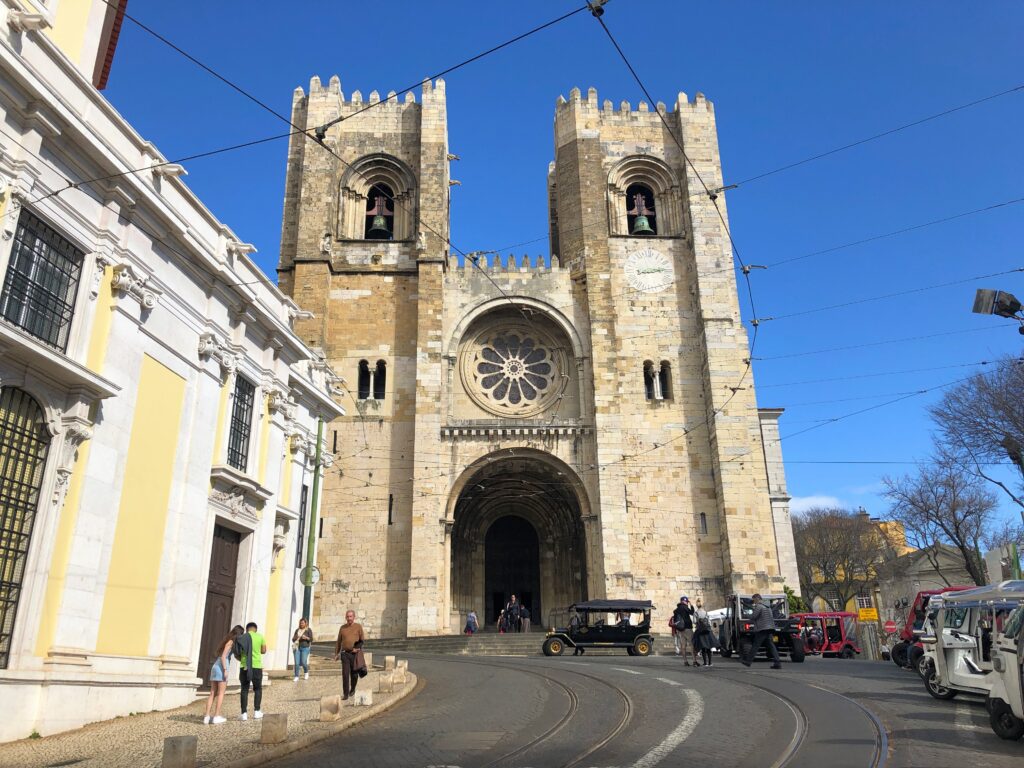
When walking around Alfama, you will notice residents are mostly locals and older Lisboetas. That is what I love about this neighborhood. Sure, you will pass by quite a few kitschy souvenir shops but once you walk further into the residential areas it will feel very local. Aside from São João castle you will want to check out a few key miradouros or viewpoints. Since Lisbon has seven (steep) hills the views from up top are naturally incredible. The miradouros I recommend seeing in Alfama are Miradouro das Portas Do Sol, Miradouro de Santa Luzia and Miradouro da Graça. Another site worth seeing is the Sé de Lisboa, which looms into view as the cable car begins the climb up the hillside. You can choose to see it either at the beginning or end of your walk in Alfama.

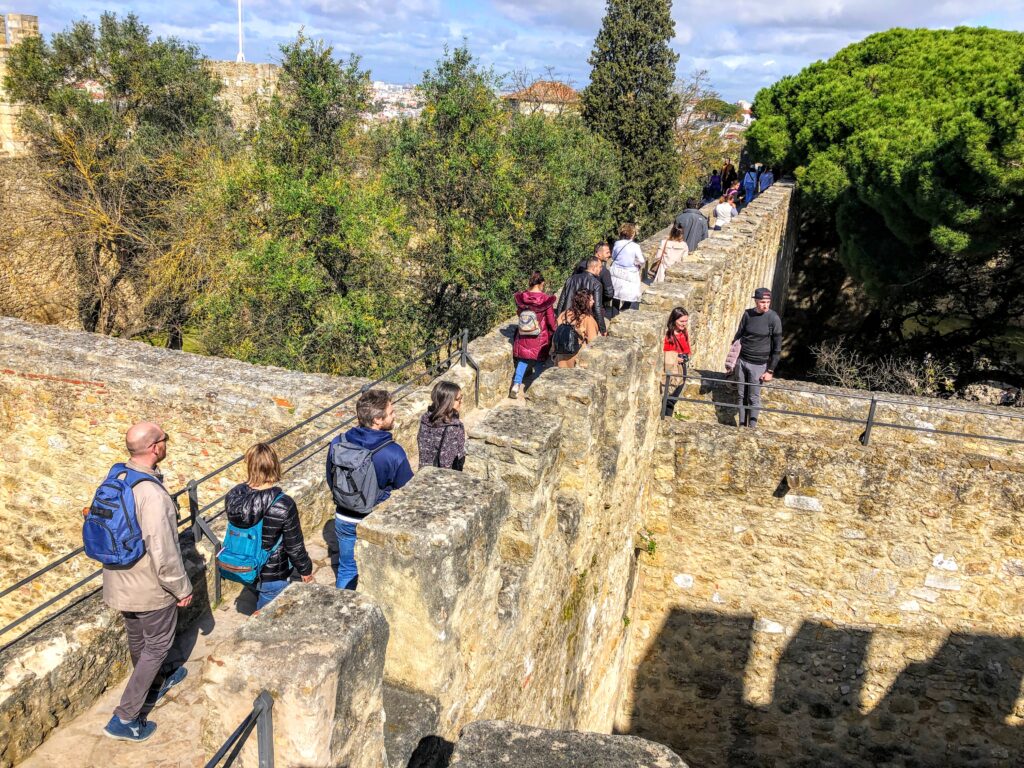
Belém
Belém is technically a part of Lisbon but is more like the next town over. It is absolutely worth your time as there are multiple important tourist sites you should not miss! Bélem itself is a charming small town and is rather quiet in the evening and the off-season when tourists are not flocking to Lisbon. Being along the Tagus river, there is also a lovely promenade by the waterfront where you can rent bikes, scooters or just stroll around. There are quite a few cafés as well if it is a sunny day out and you just want to enjoy the views.
The Ponte 25 Avril bridge, almost an exact replica of the Golden Gate Bridge in San Francisco, and a Cristo Rei replica can be viewed from the waterfront. Neighboring Alcântara is located right by the base of the Ponte 25 Avril and is also an extremely hip place to enjoy an afternoon or evening, with choice restaurants and nightlife (read more below). The main sights include the UNESCO Heritage designated Jerónimos Monastery, Tower of Bélem, Padrão dos Descobrimentos and Pastéis de Belém (one of the best places to try the infamous custard pastry, pastéis). You should be able to see (and in the case of the last option “taste”) all of these sights in half a day or a leisurely full day. If you have more time to spare, check out one or two of the museums located in Bélem from the National Coach Museum, to the Berardo Collection, which houses a great modern art collection.
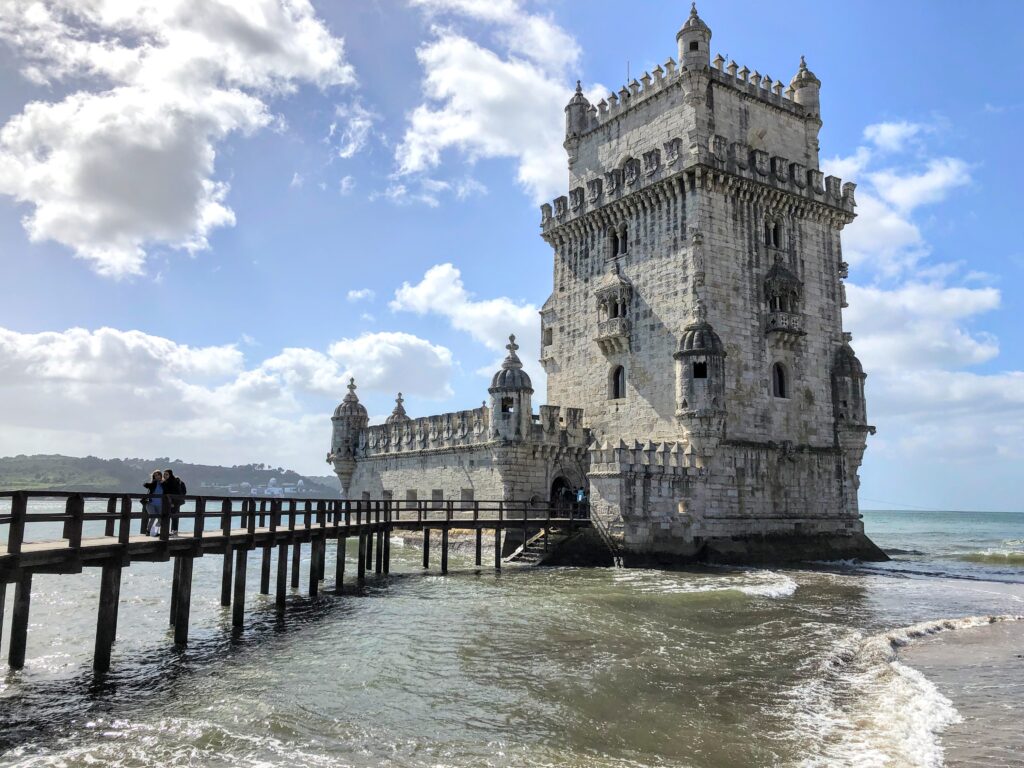
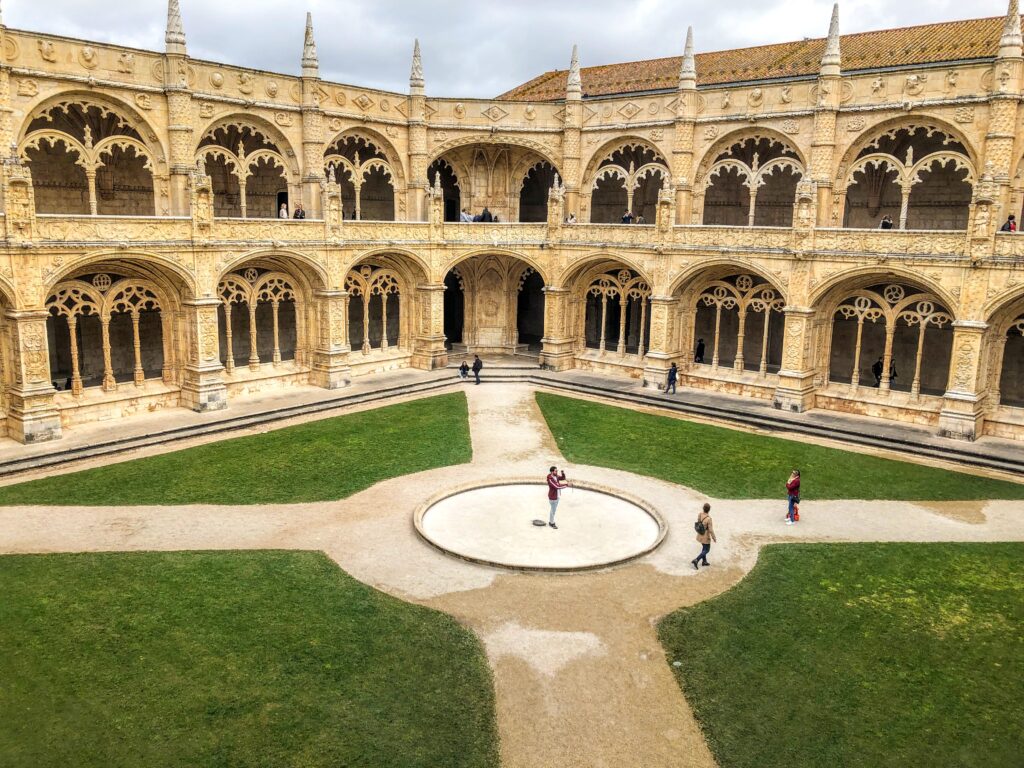
Alcântara
Whenever I visit a historic city I also appreciate getting a taste of the more lively neighborhoods where local young people hang out! Alcântara fits the bill perfectly. Lisbon in recent times has been designated one of the up-and-coming startup capitals of the world! As a result, this area of warehouses and lofts was transformed into a hip area called Lx Factory where you can find artsy boutiques, cafes and co-working places. The restaurant scene is also quite lively! On Sundays there is an arts and crafts fair that takes place where you can buy all sorts of funky stuff from prints, leather goods, jewelry to local jam and Portuguese cheeses. You can easily swing by Alcântara either before or after your visit to Bélem. It’s not huge and would be the perfect pit stop for brunch, lunch or dinner!
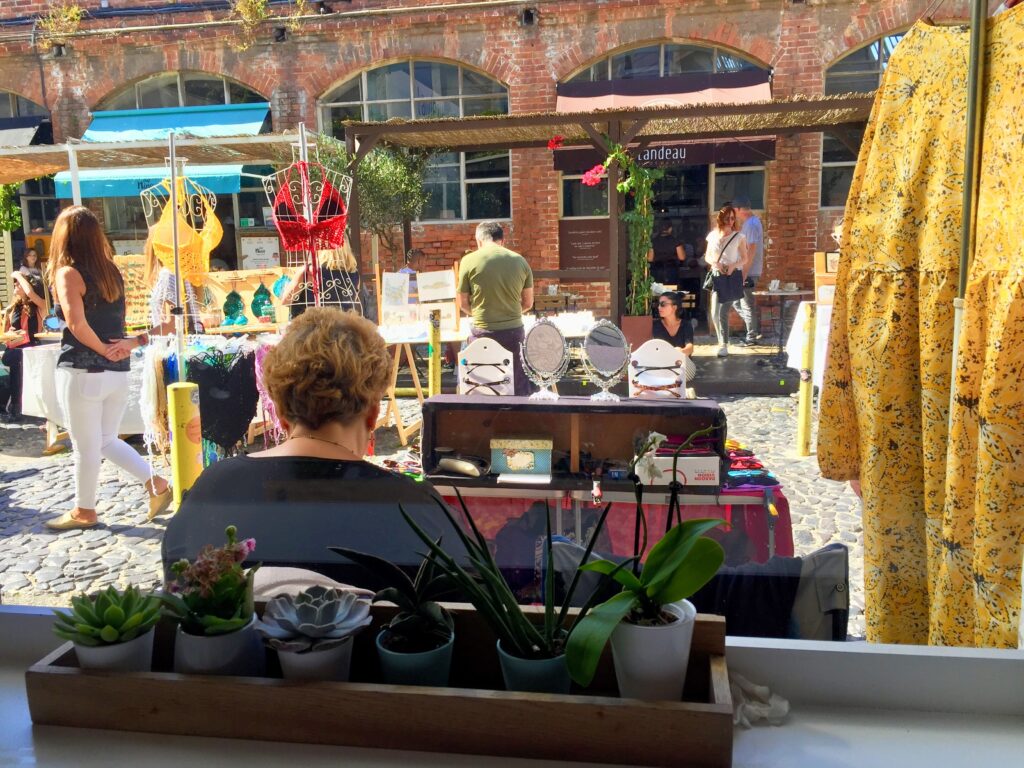
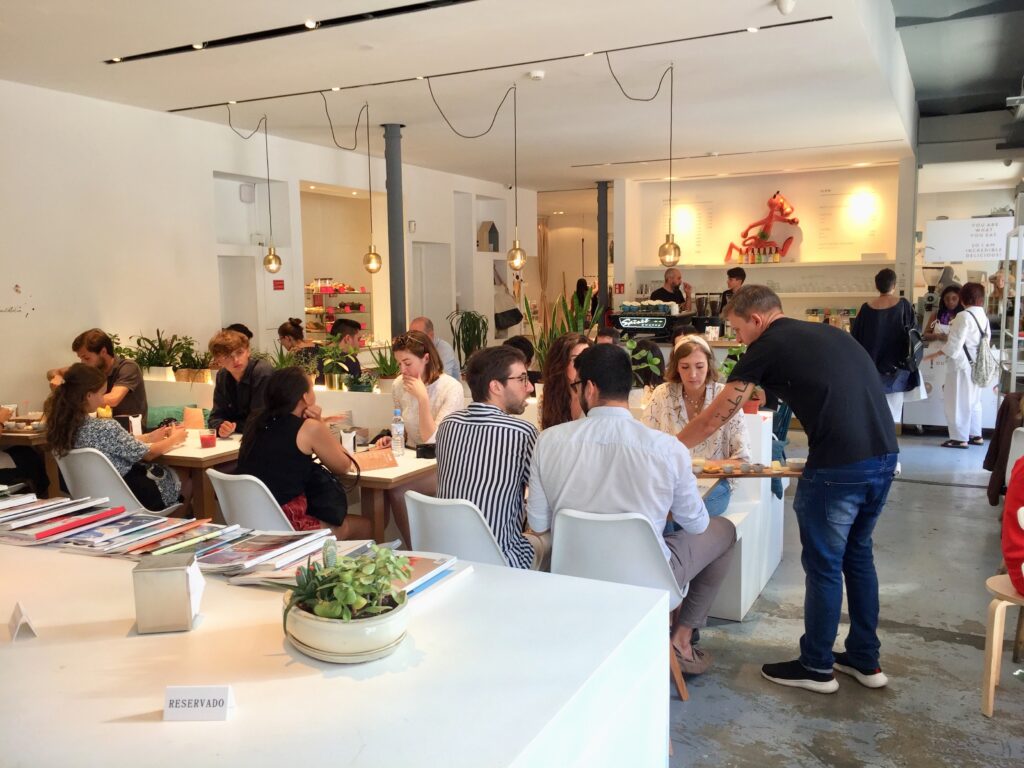
Avenida da Liberdade
This is one of the main boulevards that runs through the heart of central Lisbon! It is also extremely beautiful and the most elegant street in the city. Now if you can imagine New York’s Fifth Avenue this would be the equivalent, with nearly all of the luxury goods stores lined up on this leafy, tree-lined street. However, it is far more peaceful and is just a pleasant place to take a walk. Avenida da Liberdade almost reminds me of a Parisian boulevard, having wide sidewalks and such a refined feel. The cobblestones on the sidewalks are also intricately decorated with swirly patterns.
The avenue also links together other major points of the city. At its highest point is Marques de Pombal, an impressive roundabout with a monument at its center commemorating one of the great leaders of Portuguese history who helped to rebuild Lisbon and the economy after the devastating earthquake in 1755. There is a lovely park further above the roundabout, Parque Eduardo VII, which is a long rectangular area of grass and a french-style garden with well curated hedges. From the top of the park you can enjoy a spectacular view of Lisbon, which draws the eye straight down Avenida da Liberdade to the Tagus River.

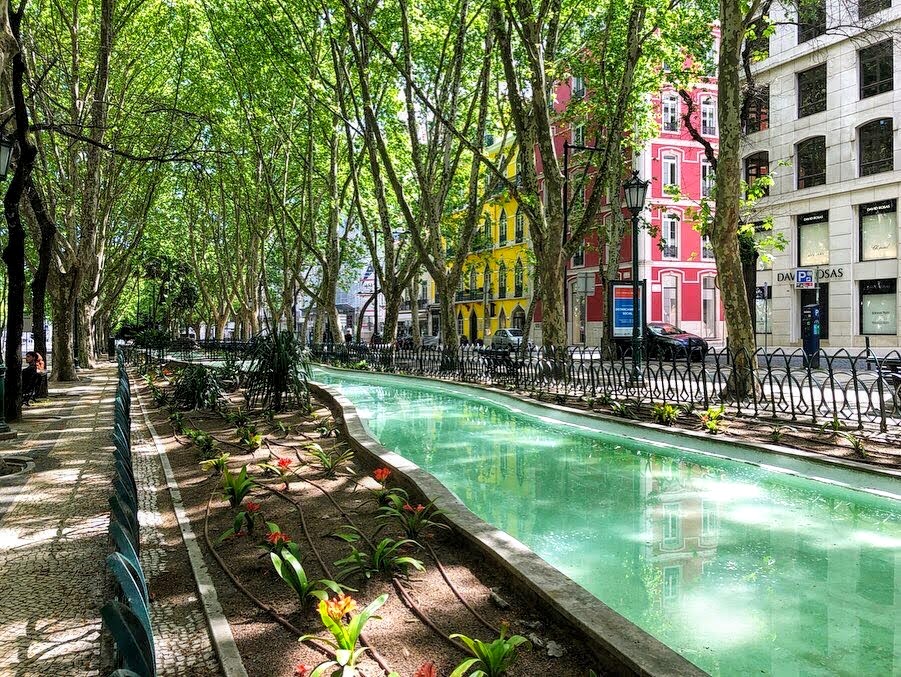
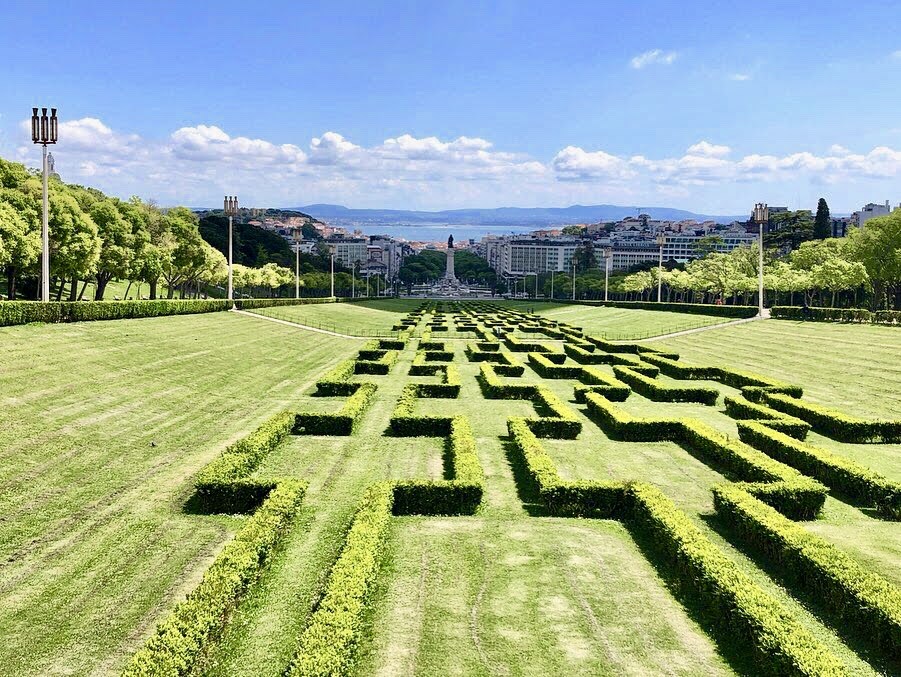
Baixa-Chiado
This area is perhaps the liveliest in Lisbon and tends to be busy with tourists. But I promise you it’s so pretty that you won’t mind! Most of the hotels and shopping are also based here. Also, you will probably appreciate not having to climb uphill quite as much as it is flat and located near the waterfront. “Baixa” in Portuguese means low in English. Go figure!
In this district there are also a few historic sites you do not want to miss including Convento do Carmo, which survived the earthquake and has magnificent arches exposed to the sky, Elevador da Santa Justa, one of the first elevators ever built in the world with a stunning view, and Praça do Comércio, a grand plaza with stately buildings and a historical monument that overlooks the Tagus River.
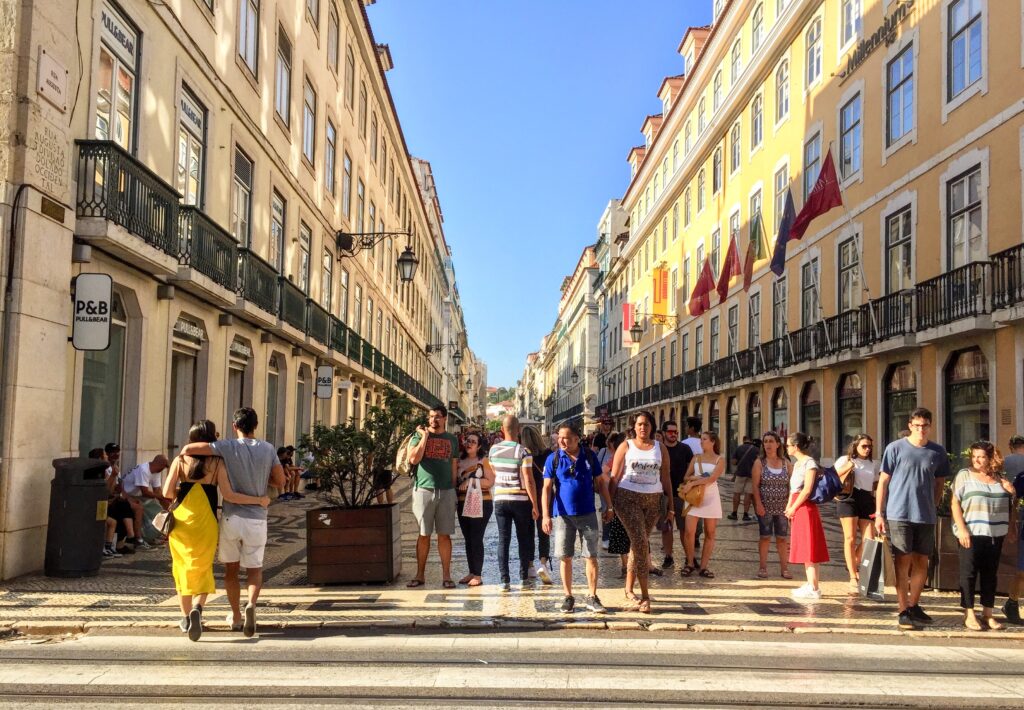
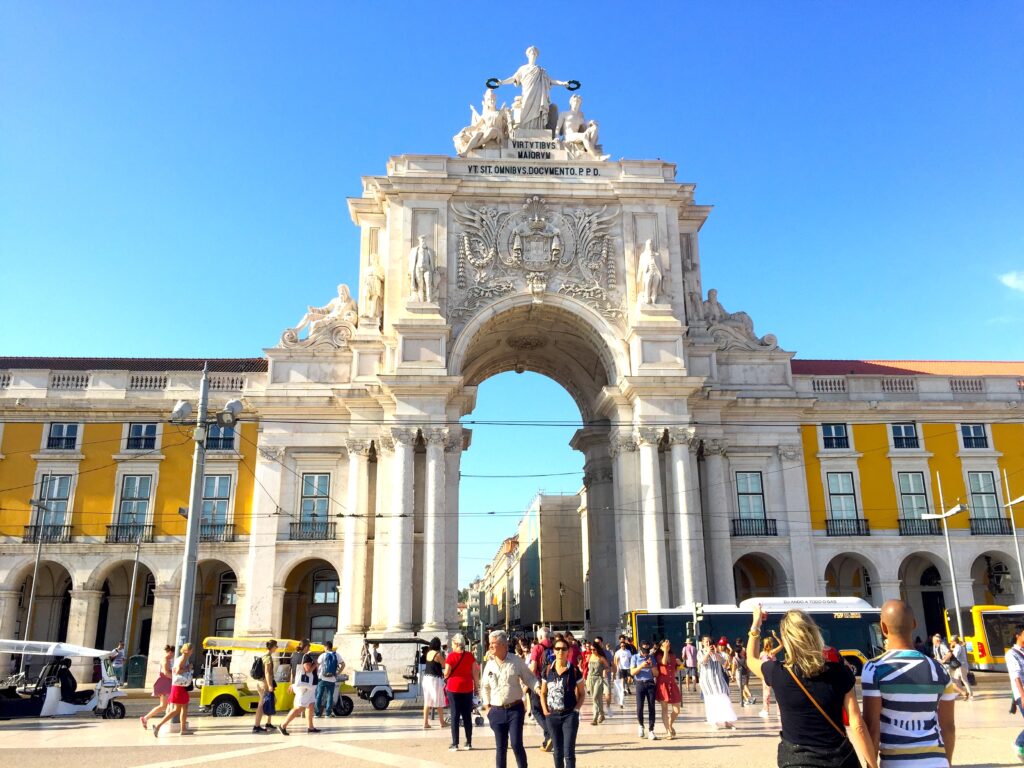
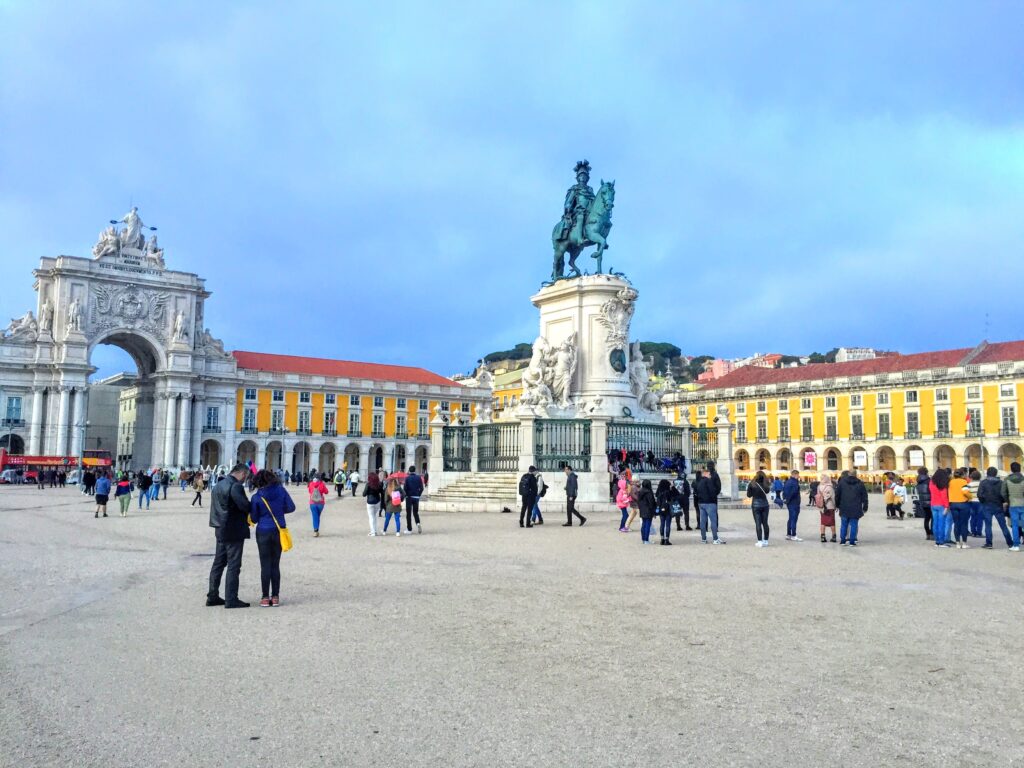
Príncipe Real
This neighborhood is my absolute favorite. Not because there are a ton of historic sites to see but because of its great charm and this is our home turf! The name Príncipe Real translates literally to “Royal Prince” in honor of Queen Maria II’s first born son. This is the perfect place to visit if you have extra time to spare and want to enjoy a leisurely day out in a hip neighborhood shopping, enjoying beautiful views and having a delicious meal. The main street, Rua Dom Pedro V, is filled with trendy boutiques that are perfect places to get unique souvenirs and handicrafts.
Make sure you do not miss Embaxiada, a stunning 19th century palace that has been converted into a trendy shopping “mall.” Everything inside is made in Portugal so you can feel good about supporting small businesses! You can find anything from shops selling leather shoes, bathing suits, organic skincare, home goods, clothing to jewelry. At the heart of the building is also Gin Lovers, a fun cocktail bar and eatery that specializes in, you guessed it, gin!
Other places to check out are the Miradouro de São Pedro de Alcântara, which I would argue has one of the most stunning views of Lisbon and Jardim do Príncipe Real, the whimsical local park that hosts an organic farmers’ market every Saturday morning from 9am-2pm. More generally, make sure you walk all the way down the entire street to Rato to enjoy the lovely neighborhood!
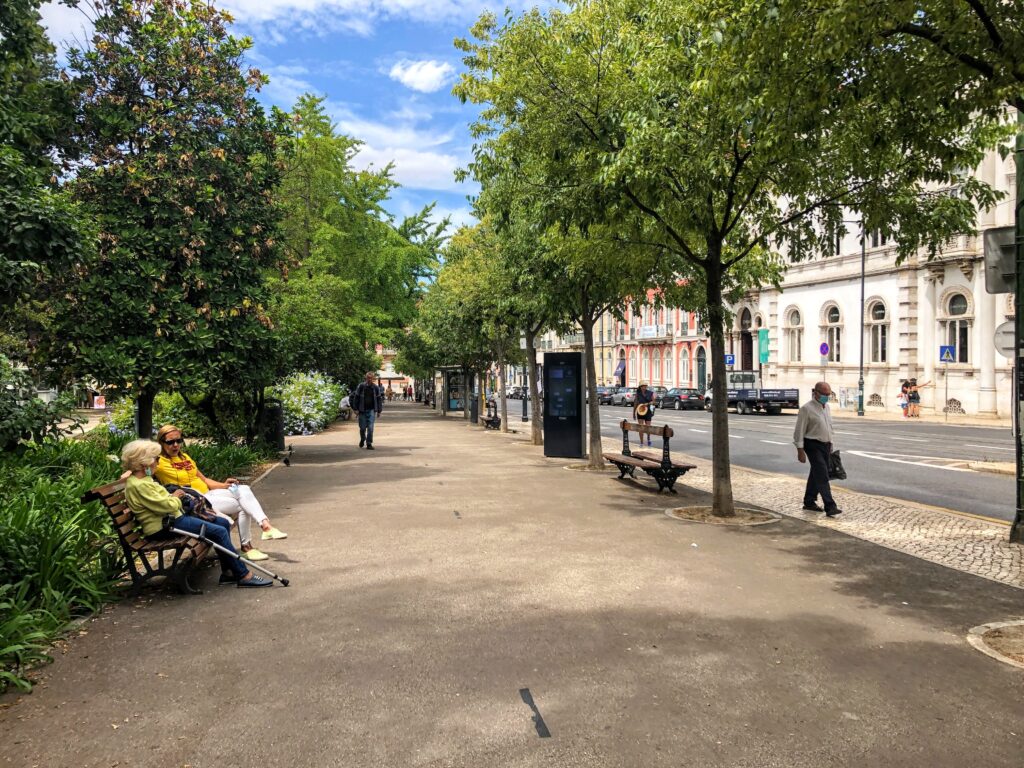
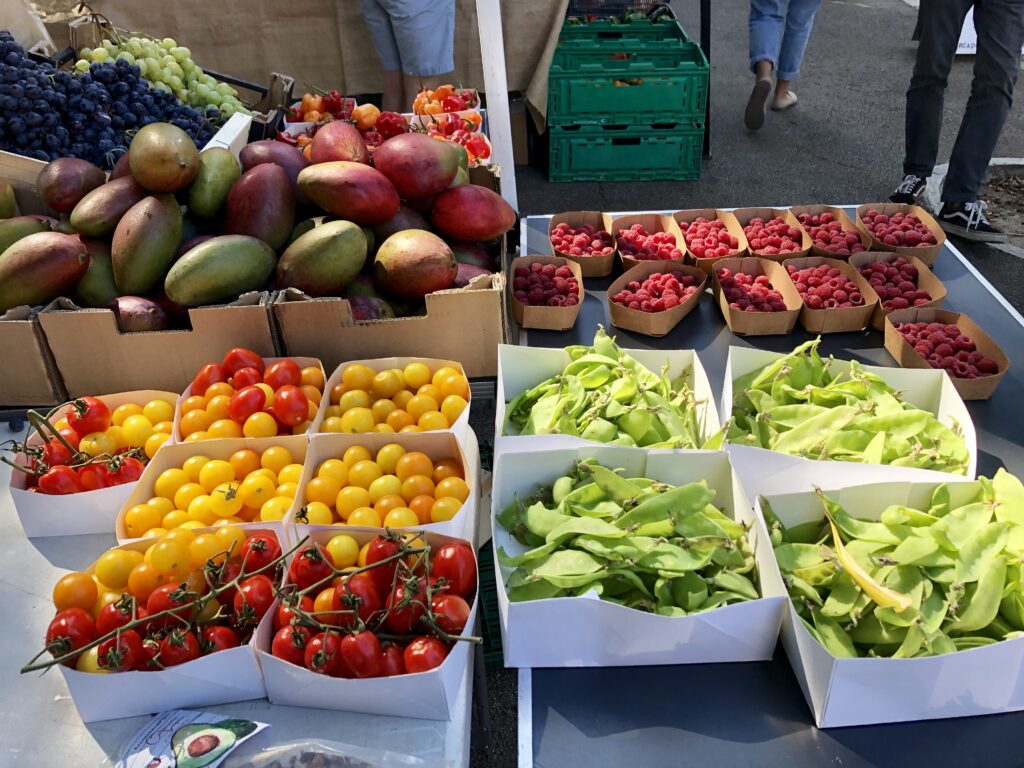
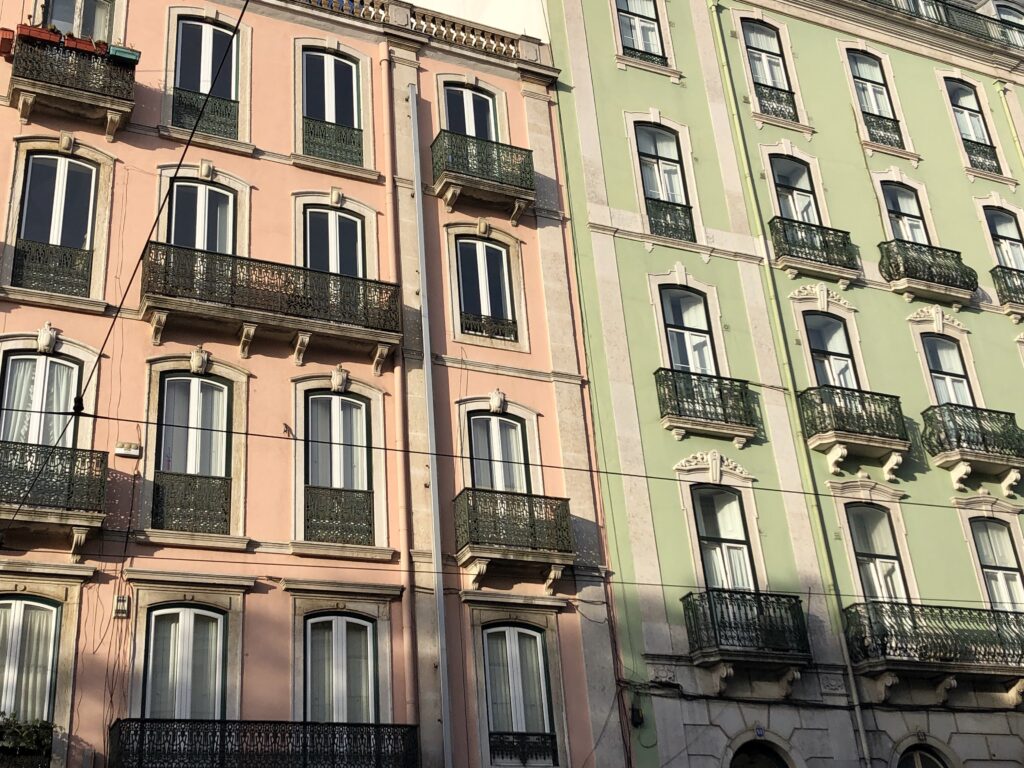
In Closing
Lisbon is one of the most charming cities of Europe and you do not want to miss it! What I love about living here is the fact that there is beauty everywhere. Although you will find walking up these steep hills tiresome at times, there is always the promise of a stunning view at the end! As you can see, you can have your fill of history in this city and also spend ample time wandering around and getting lost (in the best way possible). There are numerous small streets that lead to unexpected places that will delight you with its charms. Just wear comfortable shoes!
As mentioned earlier, keep your eyes peeled for more in-depth posts on some of these neighborhoods soon!
If you haven’t already, check out my posts on other great places in Portugal including Sintra, Cascais, Porto, Évora, and the Algarve!
